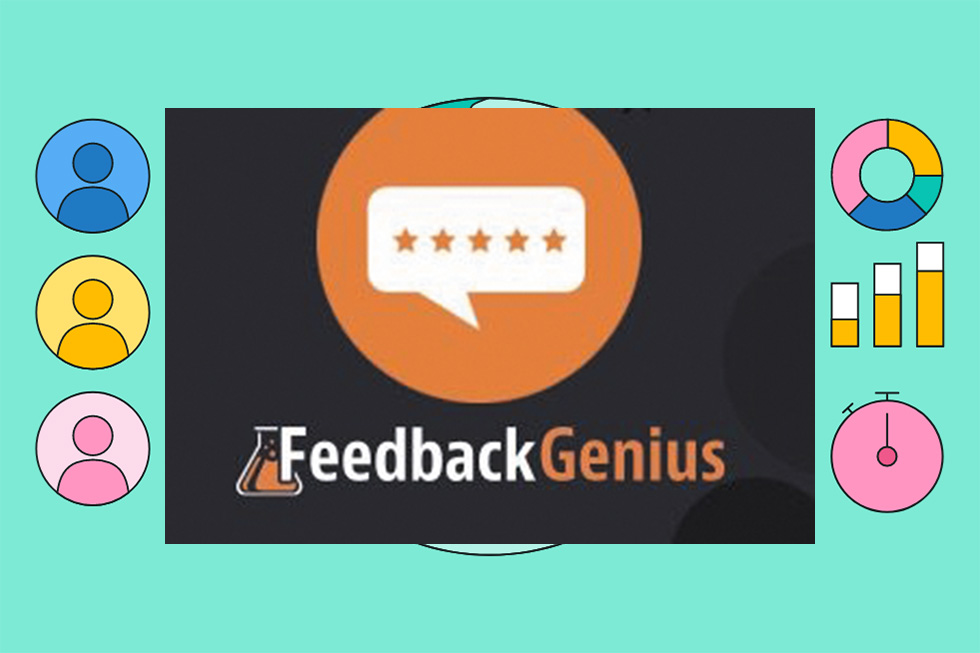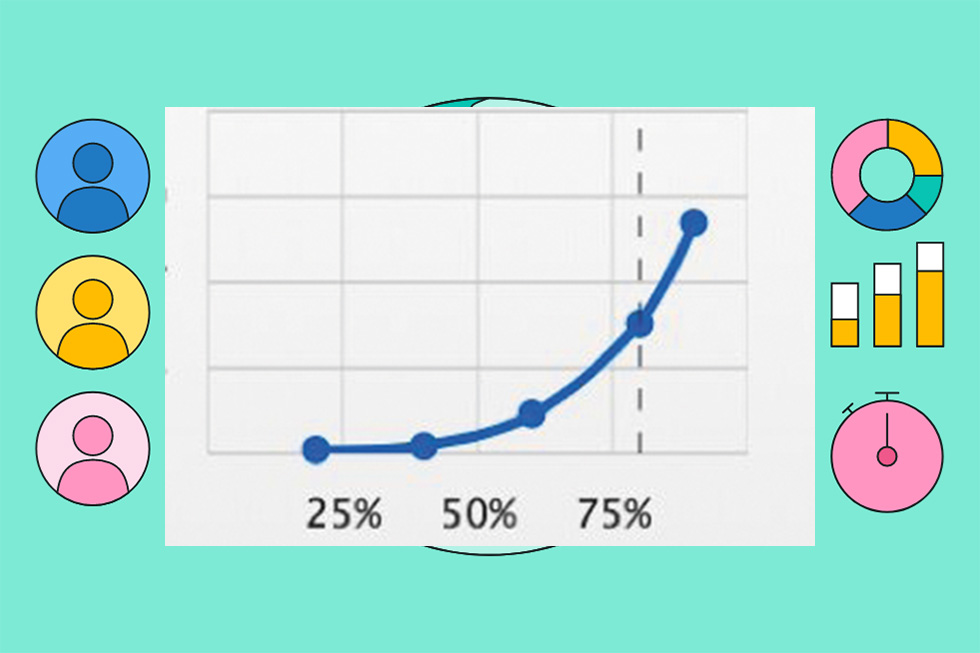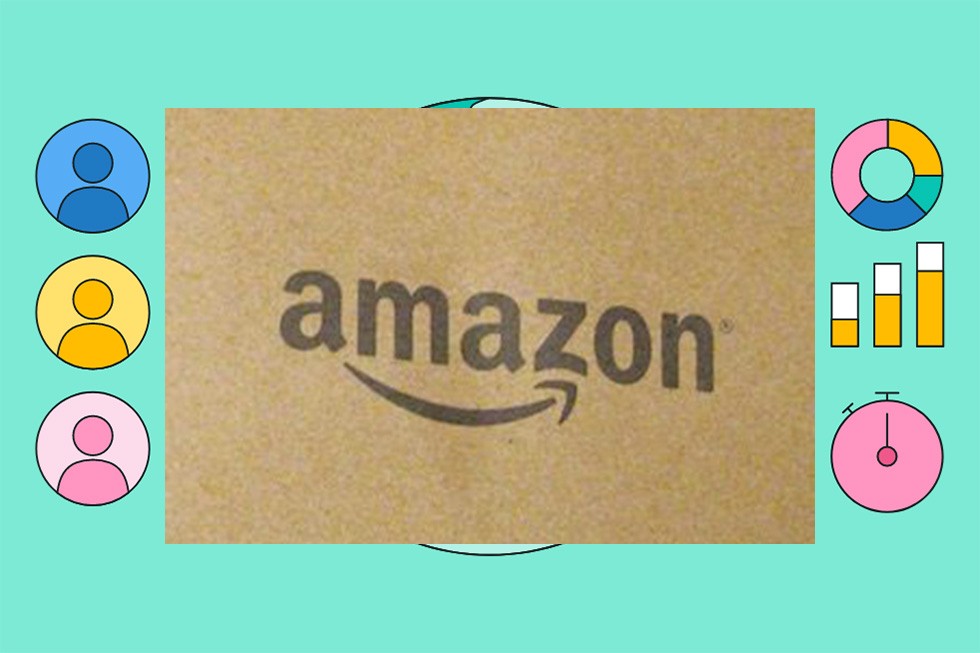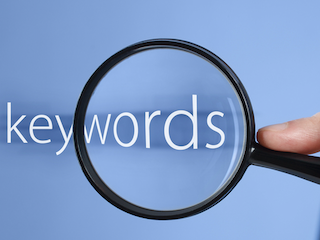The 12 months 2020 witnessed raging Australian wildfires, a presidential impeachment, and the Covid-19 pandemic. Google Advertisements had some huge adjustments this 12 months, too.
Search Time period Report Downsized
In September, Google Advertisements introduced that it could present fewer consumer queries in its search phrases report. Contributor Matt Umbro addressed the change in a wonderful article, which included his findings that the revised studies omitted 37 % of clicks.
Since then, I’ve seen a lot larger percentages — as much as 75 % of clicks — from hidden queries in accounts that I handle. Google asserts privateness issues to justify the change. Extra possible, nevertheless, it’s a need to hide more and more broad key phrase matching. The one silver lining is that audits to determine unfavourable key phrases now take much less time.
For advertisers eager to retain extremely granular insights, think about using Microsoft Advertisements search time period report. Matt addressed it in his article, stating that Microsoft’s search phrases report “supplies the identical data as Google, however Microsoft hasn’t proven any indication that it will likely be hiding queries. Use the queries present in Microsoft so as to add unfavourable key phrases and new optimistic key phrases to Google.”
Lead Kind Extension
Lead-generation adverts are standard on social platforms corresponding to LinkedIn, Fb, and Instagram. Google Advertisements has joined the get together with “Lead Types.”
A click on on this extension masses a type as a substitute of sending the consumer to the advertiser’s web site. Lead Types can be found on Google Search adverts, YouTube adverts, and Discovery adverts, which seem throughout a number of Google properties.
Lead Types can combine with an advertiser’s buyer administration platform, streamlining the follow-up course of.
Google Purchasing: Free Listings
In April, on the onset of the pandemic, Google introduced it could deliver again free listings on Google Purchasing. This was a boon to ecommerce corporations.
A report in Google Service provider Middle exhibits what number of clicks come from the free listings. Nevertheless, extra sturdy monitoring (engagement, conversions) is offered via Google Analytics by utilizing customized UTM parameters to measure clicks on “Surfaces throughout Google.”
A report in Google Service provider Middle totally free Purchasing listings exhibits solely the variety of clicks.
Emphasis on Automation
Seemingly each aspect of Google Advertisements makes use of machine studying, corresponding to:
- Responsive Show Advertisements require advertisers to add a number of headlines (quick and lengthy), description strains, and pictures and logos in 1:1 and 1.91:1 facet ratios. Google then dynamically creates advert items of varied combos.
Google’s reporting on these adverts is proscribed with easy Low, Good, and Finest scores on every component after about 14 days.
- Responsive Search Advertisements, just like RDAs, require as many as 15 headlines and as much as 5 description strains. Google then optimizes efficiency throughout varied combos.
My greatest beef with Responsive Show and Search Advertisements is minimal reporting. Google supplies impressions for every component however not clicks or conversions. We all know solely that sure parts get used greater than others.
Equally, advertisers can see impressions and percentages for prime combos, which inform us solely the frequency that parts are displayed collectively — not the efficiency of the weather or combos.
My workaround in realizing click-through and conversion metrics is that this. Use the highest combos as prolonged textual content adverts and evaluate them in opposition to the RSAs. You then’ll achieve higher perception into which copy is working.
- Automated bidding. Google suggests bid quantities within the Suggestions part, efficiency tabs, and even the adverts editor.
Google Advertisements suggests bid quantities within the Suggestions part, efficiency tabs, and even the adverts editor.
Matt Umbro has addressed automated bidding, providing execs and cons for every kind. As he explains, accepting Google’s suggestions can damage efficiency as a result of they don’t contemplate inner metrics corresponding to profitability or lead high quality.
To check automated bidding, create an experiment in Google Advertisements and cut up visitors between automated and guide. Then see which performs higher. Let the information inform your choice.
- “Sensible” options. In Google Advert parlance, “good” refers to machine studying, with little management on inputs, and sparse reporting. It could possibly vary from complete campaigns (corresponding to Sensible Purchasing) to Sensible Audiences.
“Sensible” options can produce good outcomes for time-strapped companies. Nevertheless, skilled advertisers will possible obtain higher efficiency with hands-on administration. The secret’s testing.











